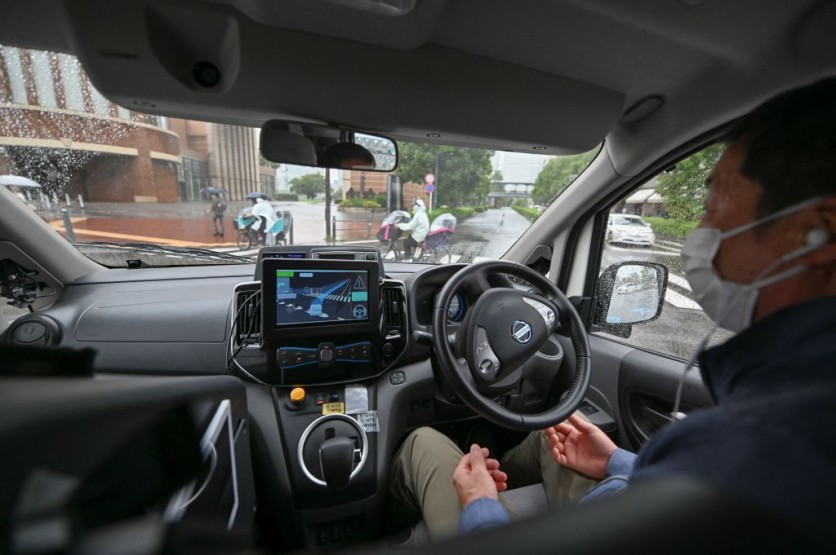Traffic accidents are often caused by recognition and malfunction of vision systems, such as LiDAr sensors and image sensors of driverless vehicles, which make these vehicles' safety decrease. A group of Korean researchers develops a material that can help address these safety issues.

Self-Healing Lens in Self-Driving Vehicles
A group of researchers from The Korea Research Institute of Chemical Technology developed material that heals scratchers on the sensor of an autonomous vehicle that can help to avert the safety issues of self-driving vehicles. Interesting Engineering reported that the material has the ability to erase scratches on the sensor surface within 60 seconds.
The transparent lens material developed by the team removes scratches when focused sunlight is irradiated using a simple tool, a magnifying glass. Flexible materials have an advantage in securing excellent self-healing performance because it is favorable when molecular movement within the polymer is free.
However, this will be extremely challenging to implement since lenses and protective coatings are comprised of hard materials. The KRICT-KNU solved this by using a lens material called the "thiourethane" structure, combining it with a transparent photothermal dye in order to develop a dynamic chemical bond, that repeats disassembly and recombination under the sunlight.
The material has the capacity to absorb light of a specific near-infrared wavelength (850-1050 nm) without restricting with the visible light region (350-850 nm) that is being used for image sensors and the near-infrared region (1550 nm) used for LiDAR sensors.
Healing Process
The self-healing process becomes possible because of the surface temperature that is due to the material's exposure to sunlight. This will cause the lens to self-heal a scratch by starting the process again of dissociation and recombination of the lens' chemical bonds.
According to a report from Eureka Alert, this will show perfectly healed scratches, providing excellent resilience and maintaining efficiency even if the process is repeated more than five times.
KRICT President Dr. Lee Young Kuk stated, "This technology is a platform technology that synthesizes self-healing lens materials using both an inexpensive high-refractive polymer material and a photothermal dye. It is expected to be widely used in various applications such as autonomous vehicle sensors as well as glasses and cameras."
Along with Dr. Lee, the research team is led by Dr. Kim Jin Chul, Jeong Ji-Eun Park Young Il, and Kyungpook National University Professors Kim Hak-Rin and Cheong In Woo. As of the moment, the work is accessible and currently published in the journal ACS Applied Materials & Interfaces.
As a result of the successful research, the team expects that the technology will be applied extensively by several automakers, used for autonomous vehicle sensors as well as its glasses and cameras to prevent future accidents.
Related Article : Scientists Create A 'Self-Healing Coating' that Erases Car Scratches After 30 Mins of Sunlight!

ⓒ 2025 TECHTIMES.com All rights reserved. Do not reproduce without permission.




